How to Get the Best Food Photography Shots Ever
You can hear your stomach growling from hunger—then, you remember! You haven’t eaten anything since lunch, and that dynamite roll right in front of you looks mighty appetizing. Your mouth waters.
Unable to restrain yourself any further, you hungrily lunge for the dynamite roll… only to realize that it’s not real after all! It’s just a picture of a dynamite roll, yet it was so lifelike and seemed to burst with such sensual flavor that it literally had you eating with your eyes. But how can this be? What force just overtook you? Welcome to food photography.
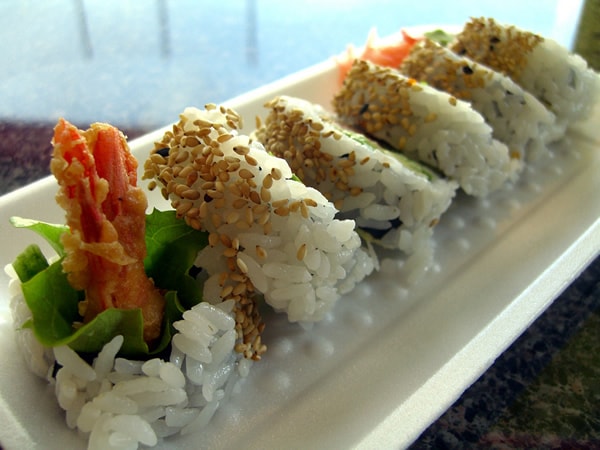
photo by Ruocaled
Of all photography genres, food photography is the most arousing by far. After all, it’s not sometimes called “food porn” for nothing! You’ve seen it everywhere: snapshots of various dishes in cookbooks, commercials getting you to salivate and drool over the latest McBurger, and even pictures taken by foodies on any social media site.
But how do the pros get otherwise ordinary food to look so darn attractive?! Why, when you take a shot of your lunch entrée with your iPhone, does it turn out so unappealing and not at all like what you see in food magazines? To come closer to the point where you can take food photography shots with the best of them, you’ll want to memorize these tips.
Food Loves Great Lighting
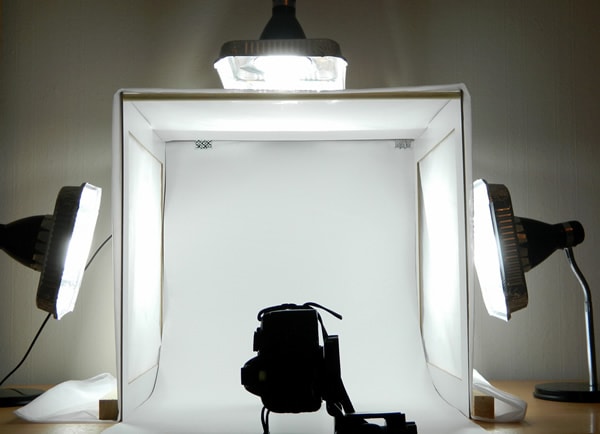
photo by Alison Christine
Lighting is the basis of eye-catching food photography. Professional food photographers have a preference for using daylight, because it’s natural, whenever they can. The food is your still-life subject, and, like with any other still life, good lighting makes everything so much easier for producing wonderful shots.
The pros are fond of taking pictures of food by the window because—you guessed it—of the abundance of natural light that floods in. Sometimes, it’s necessary to help your shot by using a flash that’s bounced off either the wall or ceiling in order to provide more balanced lighting, which removes the shadows.
Staging and Props Make the Food Come Alive
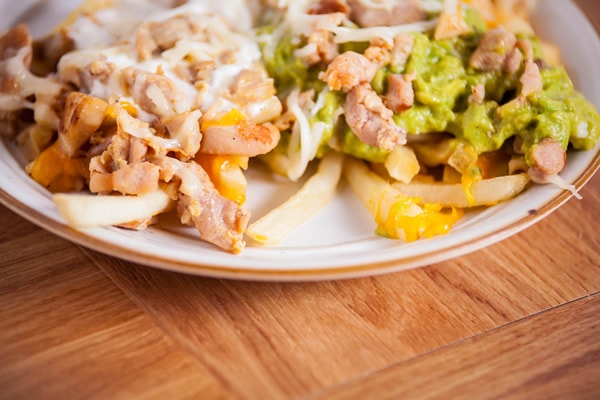
photo by SodanieChea
Props like tableware, side dishes and even garnishes are integral to enhancing your shots. While the food must obviously look immaculate, the supporting cast of props, surfaces and backdrops will add personality and character to the food. In this way, food photography is not just about the food itself, but also about the context in which it’s presented.
It’s a grave error to clutter your photo with a full table setting that features all the works. Instead, just incorporate a few additional elements like a napkin, a flower, some cutlery or a glass. Any linens have to be neatly pressed and spotless, while bowls and plates must complement the color of your food. Garnishes must only be utilized to bring much-needed color and visual interest to shots.
Feel Free to Improvise
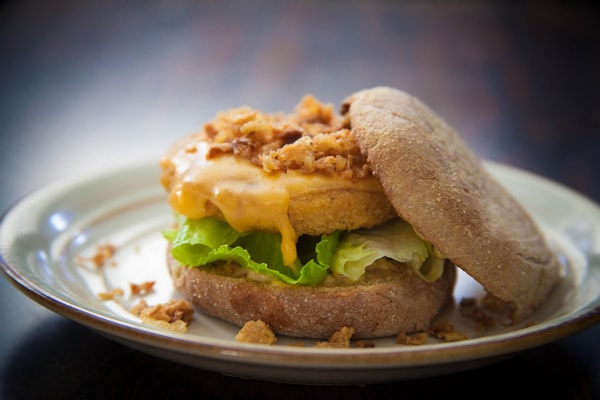
photo by SodanieChea
What professional food photographers know all too well—but which the person salivating over a food picture doesn’t understand—is that pictures of food aren’t always what they seem. The next time you’re gawking at that voluminous salad or tall-standing sandwich, realize that the pros improvise to make the food look better than what it really looks like.
Now, just to be clear: Improvising in food photography isn’t faking the pictures. It’s just adding a few, slight touches to make the food look even more aesthetically pleasing. For instance, it’s not uncommon for the pros to use either some moistened paper towel or cardboard at the bottom of a sparse salad to provide it with more volume. Likewise, food photographers sometimes use some paper towel or cardboard underneath a slice of bread or a sandwich to provide it with some lift that’ll help to emphasize it in the shot.
Super-Easy Tricks to Enhance Pictures
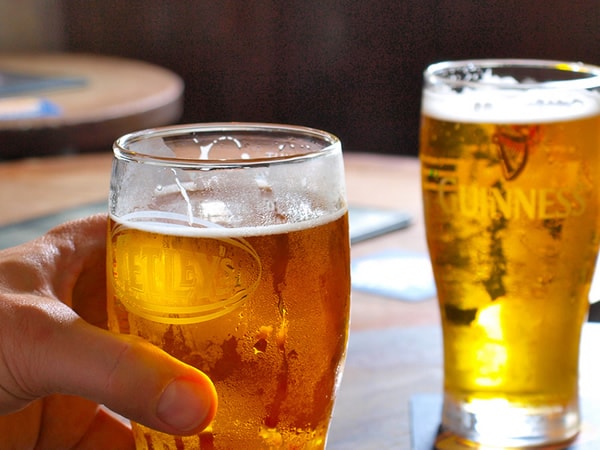
photo by Simon Cocks
Food photography is all about making the food look as scrumptious and delectable as possible. After all, the whole point is to make the viewer crave the food and then go to that restaurant or buy that specific cookbook. To this end, the pros rely on savvy tricks to give their food that extra amount of desirability that looks extremely effective on film. You can incorporate these tricks into your own shots to come up with some really delectable food pictures.
For example, let’s say you love beer and want to preserve the memory of drinking your favorite lager in a tall glass. If you want to give it an increased, dramatic effect, just add some sugar or salt to your beer, which will intensify its bubbling and foaming before you snap the picture. In another situation, if you’re taking pictures of vegetables and want to give them that ultra-fresh look, just spray them with some water prior to clicking the shutter.
Get Close and Down Low to the Food
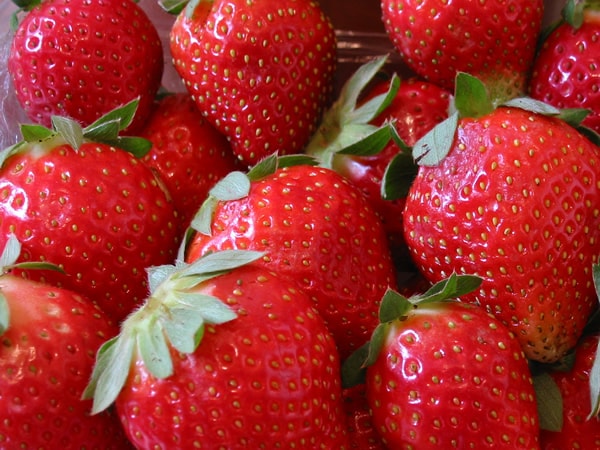
photo by Adriano Aurelio Araujo
One of the major factors that differentiates the amateur food photographers from the pros is the angle at which they snap pictures of the food. Amateurs will usually make one of the more common beginner’s mistakes, which is snapping shots that glance down at a plate of food, directly from above. You’ll only get results with this amateur’s technique very infrequently, so it’s best to save it only for special shots or even avoid it altogether.
The pros approach the angle of food photography in a totally different way. For one thing, they know that you get better-looking and more effective food photographs if you get down low on your food and take closer shots of it. Alternately, another successful choice would be to take pictures of your food from just slightly above the plate instead of from farther and directly above it.
The Effective Use of Steam
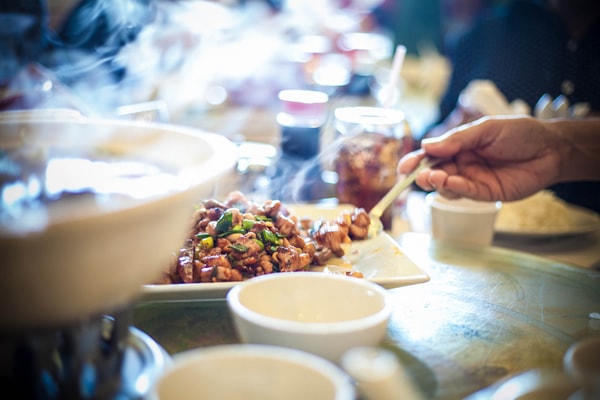
photo by SodanieChea
Incorporating dramatic effect into your food photography is another method to keep viewers’ eyeballs glued to your succulent food shots. If your food features steam slowly rising right off of it, it looks as if it’s just been cooked, which is an effect that some food photographers really enjoy. Naturally, it can be somewhat hard to achieve, which is why the pros have come up with a trick to help make it easier.
One artificial tactic involves the use of cotton balls that have been soaked in water. After you soak the balls in water, put them in the microwave to get them really hot, so that steam rises off of them. Then, position them behind the food to provide it with that freshly cooked effect. This may be a little bit advanced for the beginner, but remember that practice makes perfect!
Food Photography Excites the Senses
Taking shots of food is very interesting, to say the least. It’s a genre that epitomizes what it is to eat with your eyes! As a food photographer, your number-one goal should be to make the food jump off the picture successfully enough to make the viewer want to scarf it down right in that instant. Done properly, even the most ordinary dishes will seem so scrumptious and appetizing that your mouth will water and your stomach will growl!
Do you have any food photography tricks, tips or secrets that you’d like to share to make everyone else better? Please leave a comment in the section below! Feel free to share this article with everyone you know, and make Contrastly your one-stop shop for all your photography knowledge.
